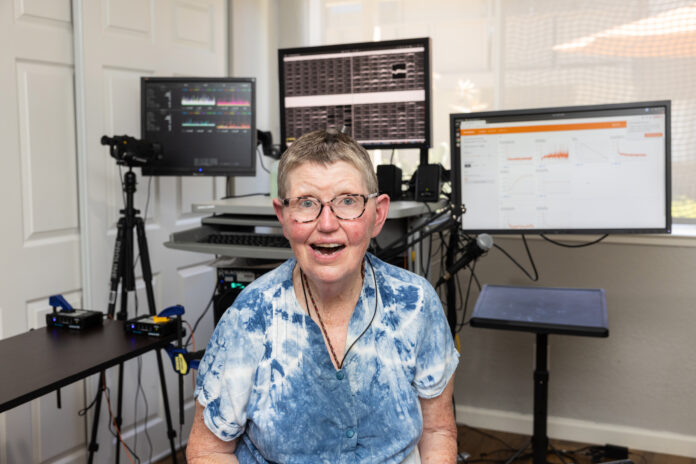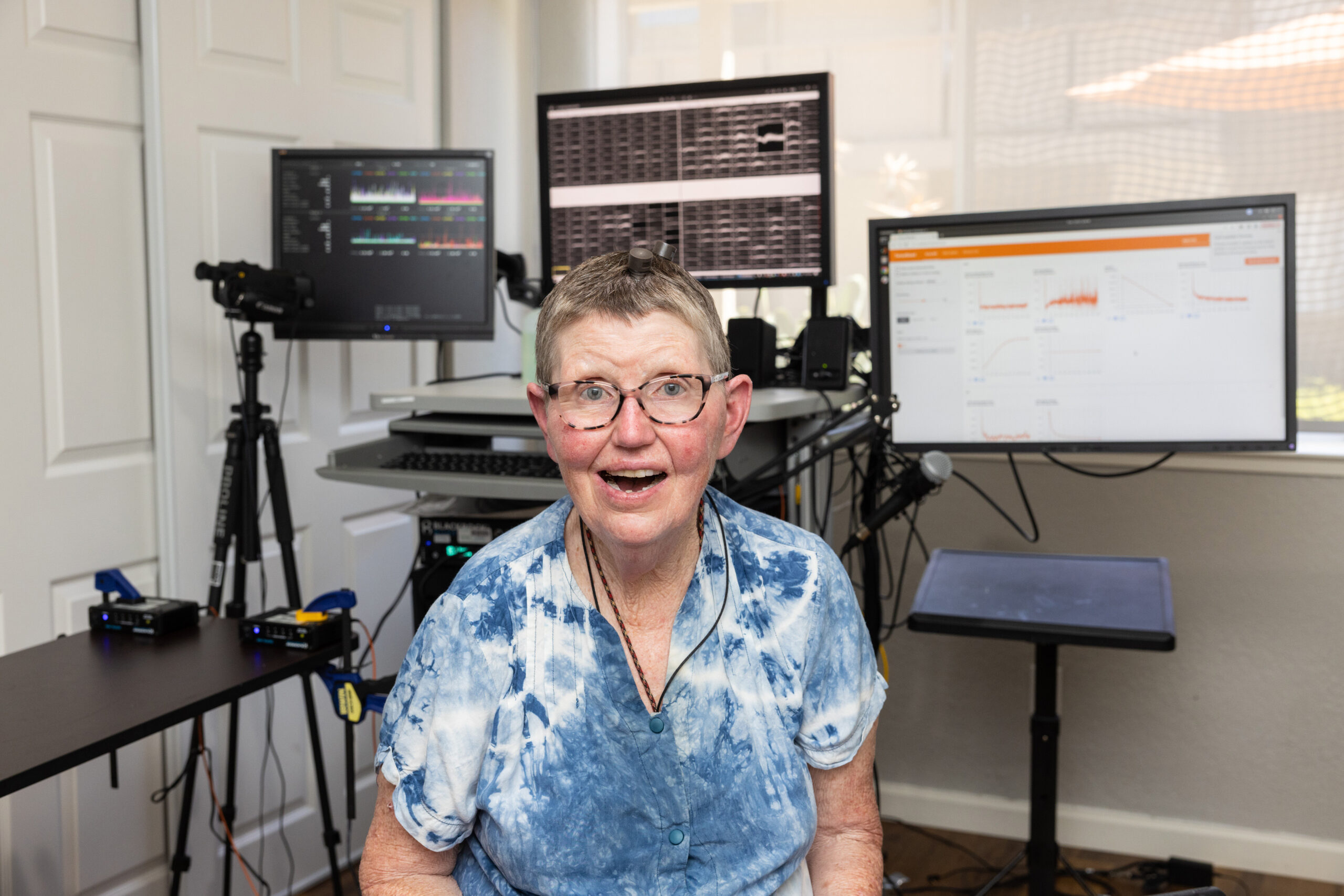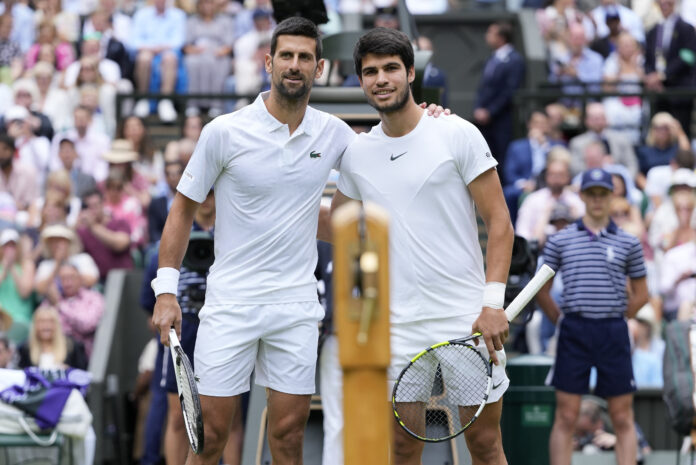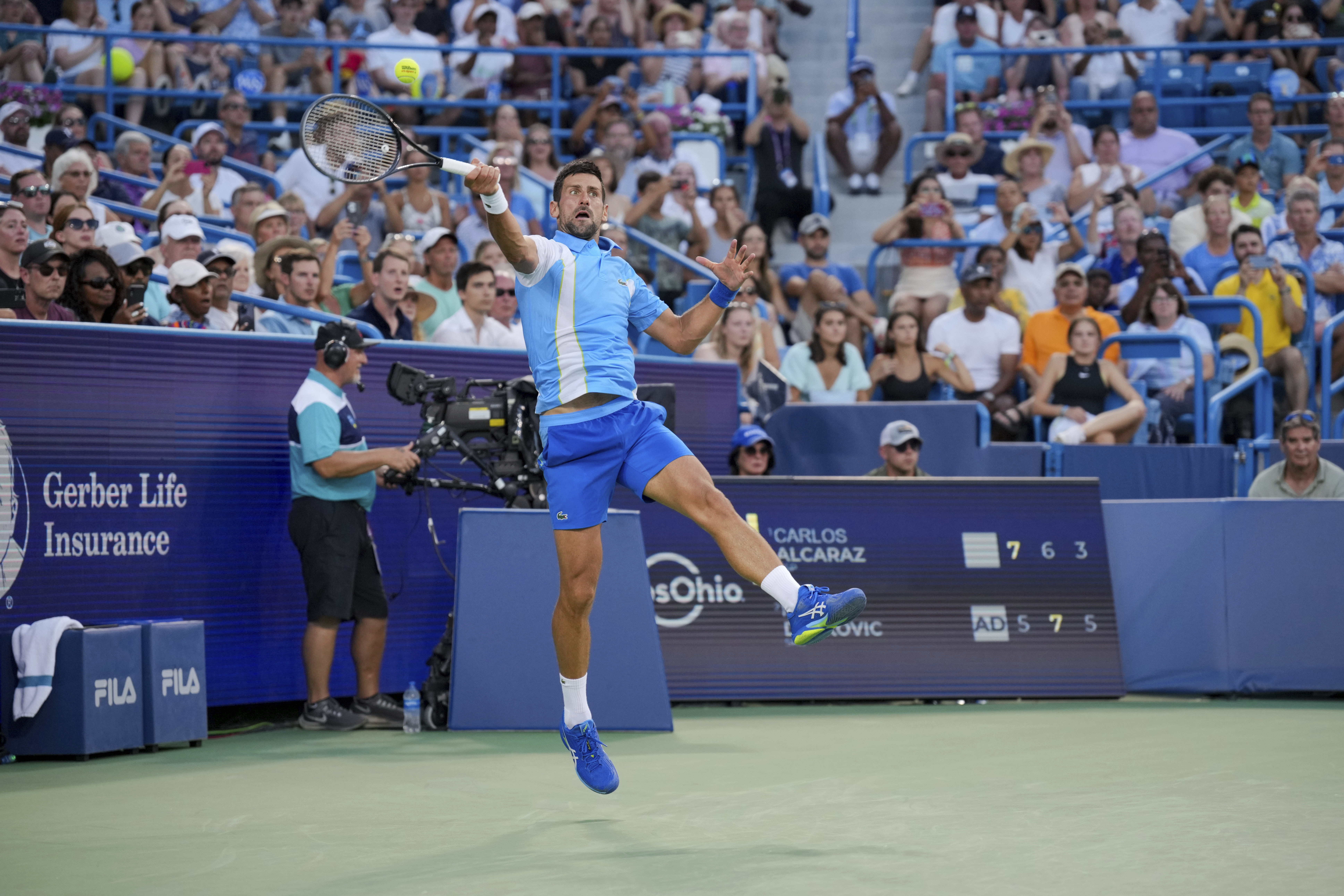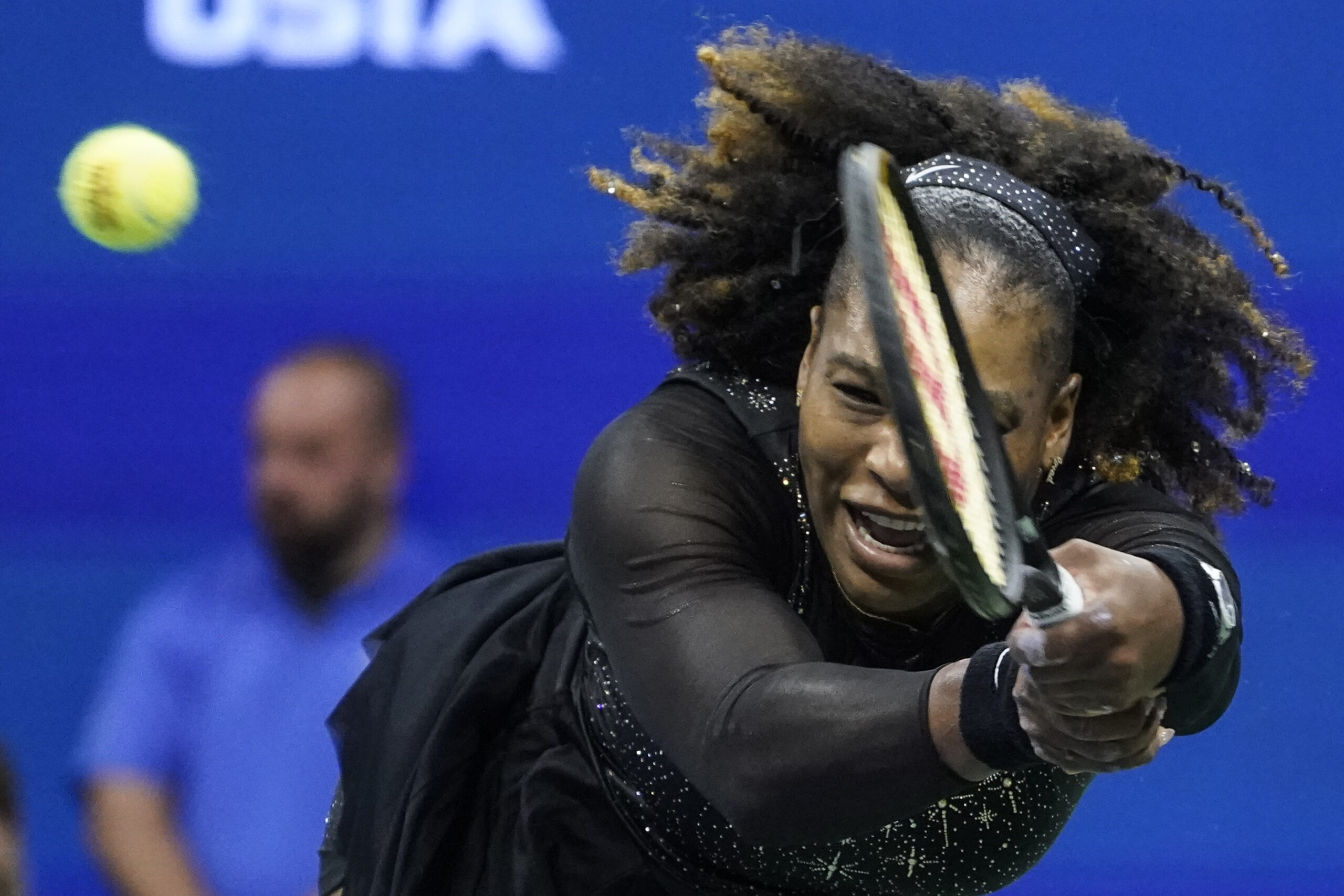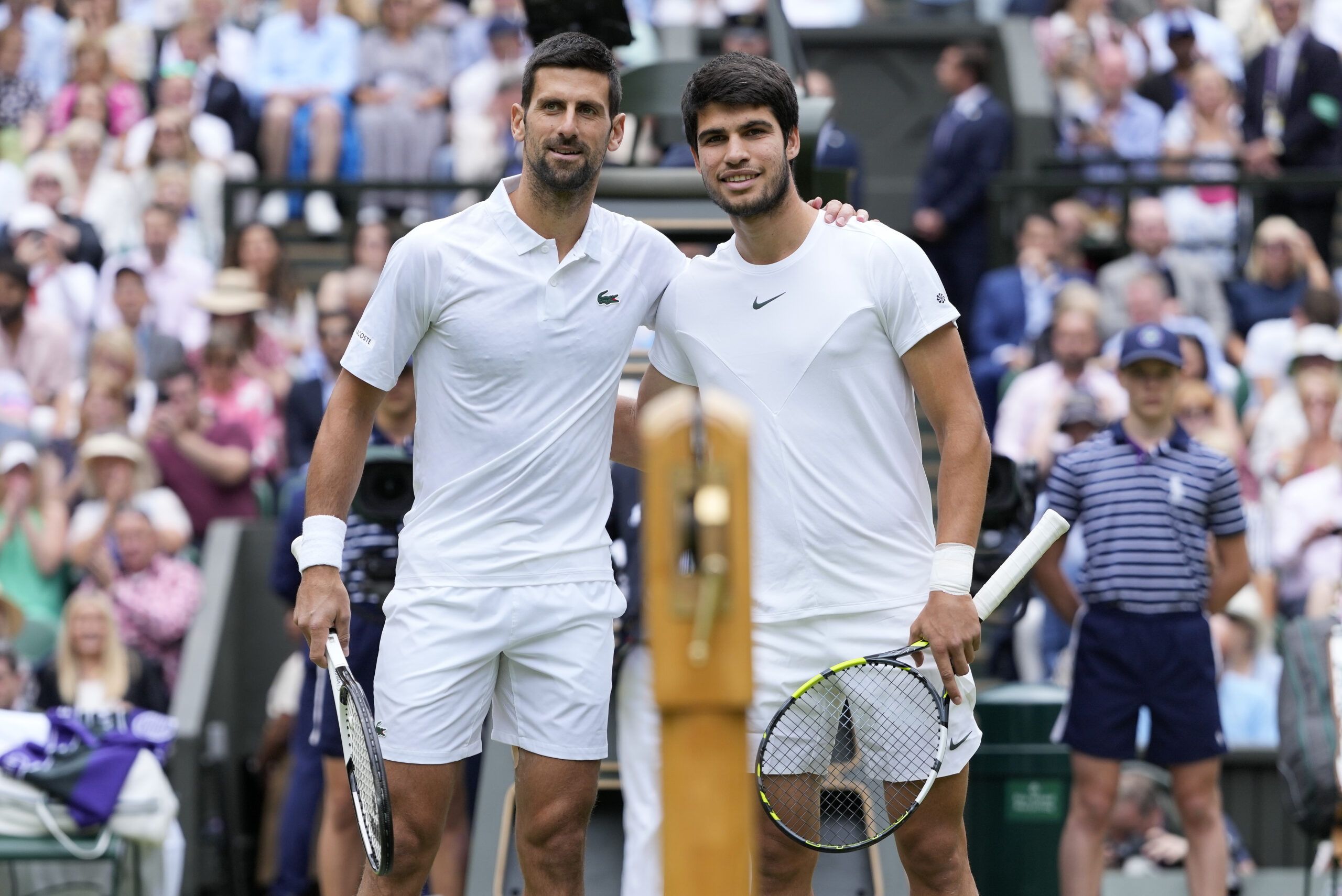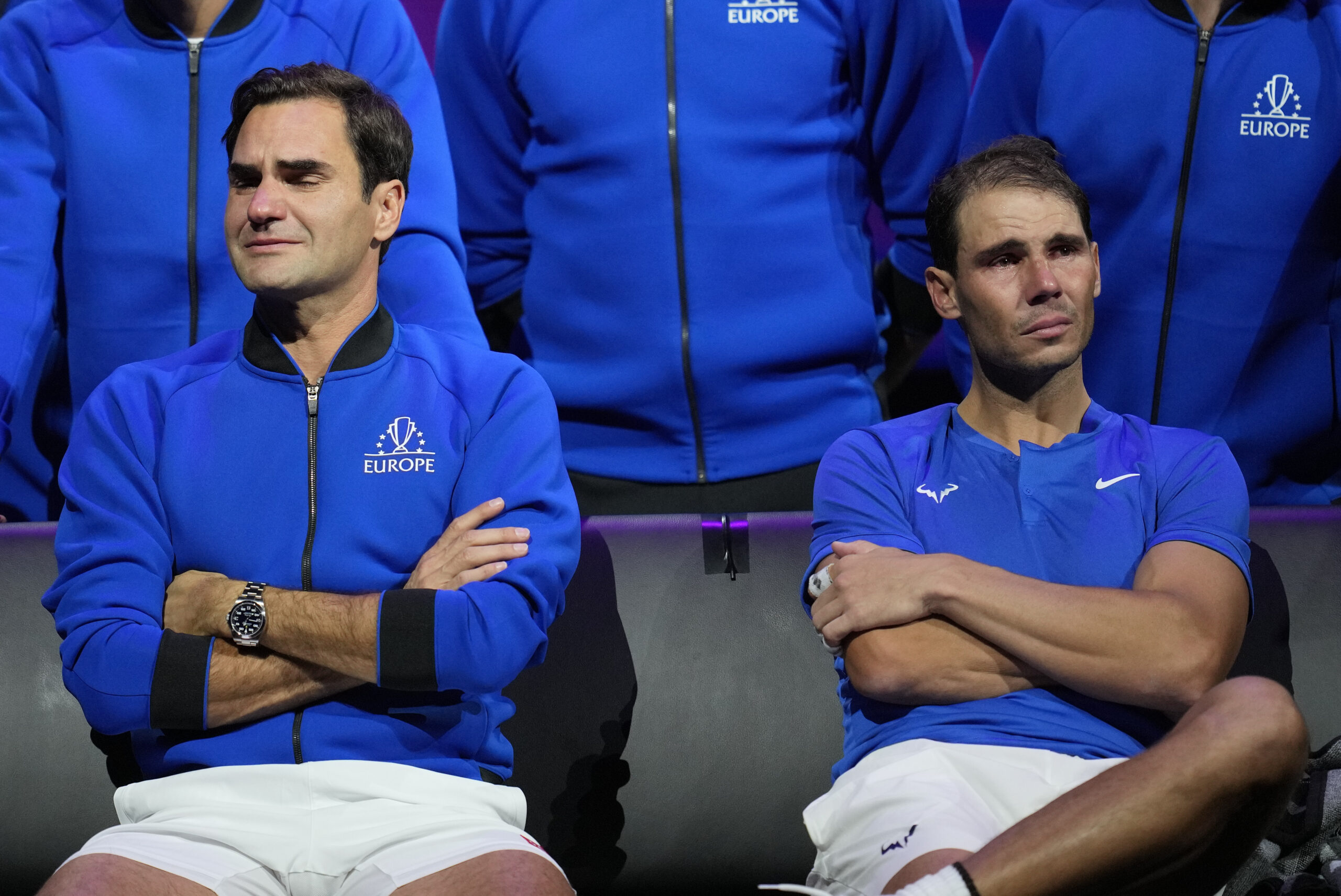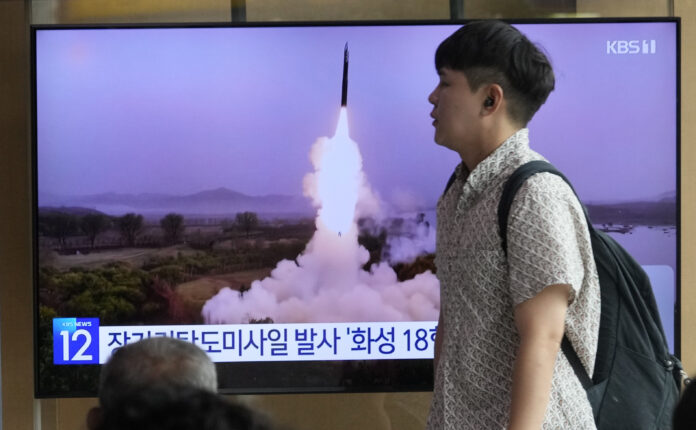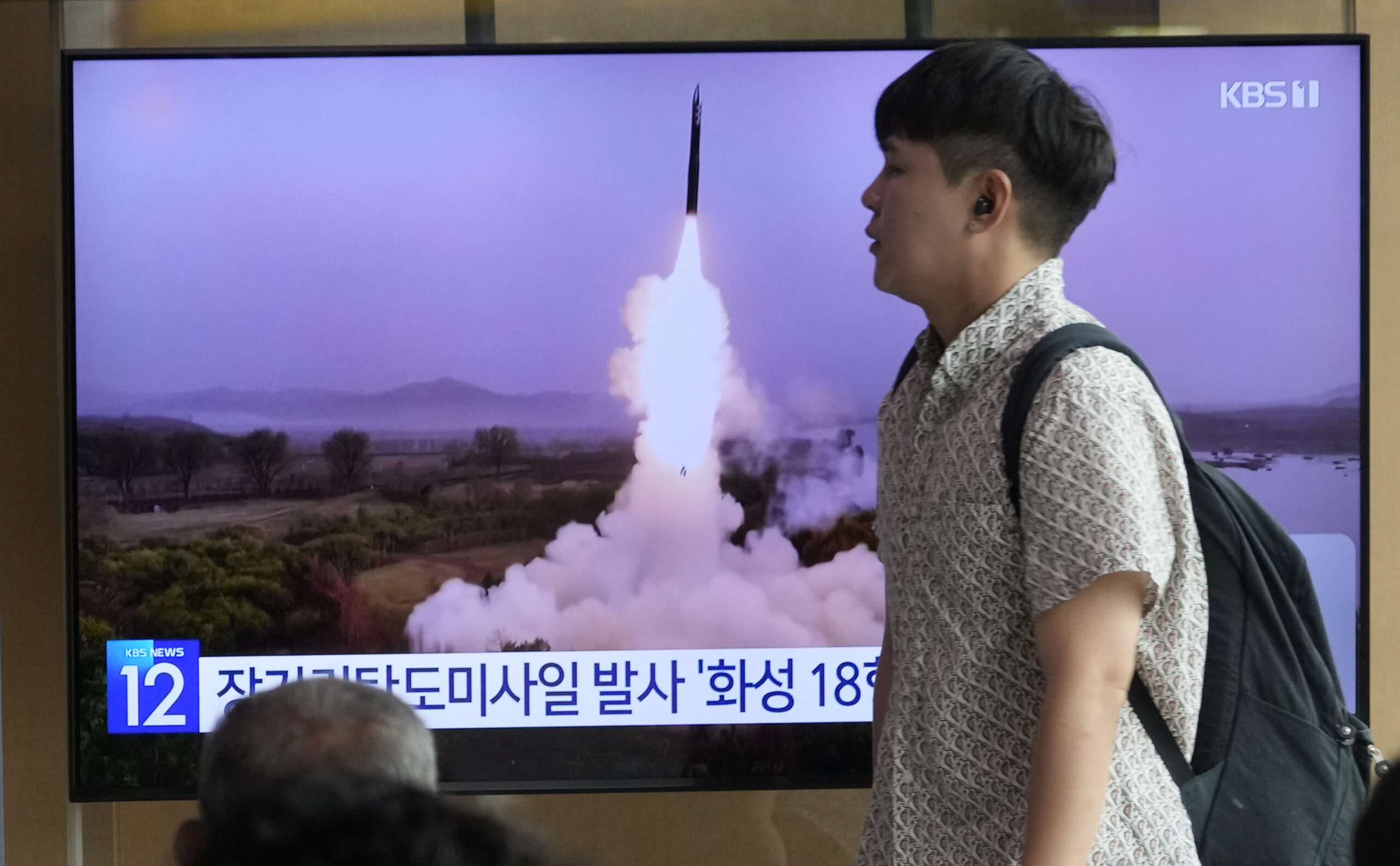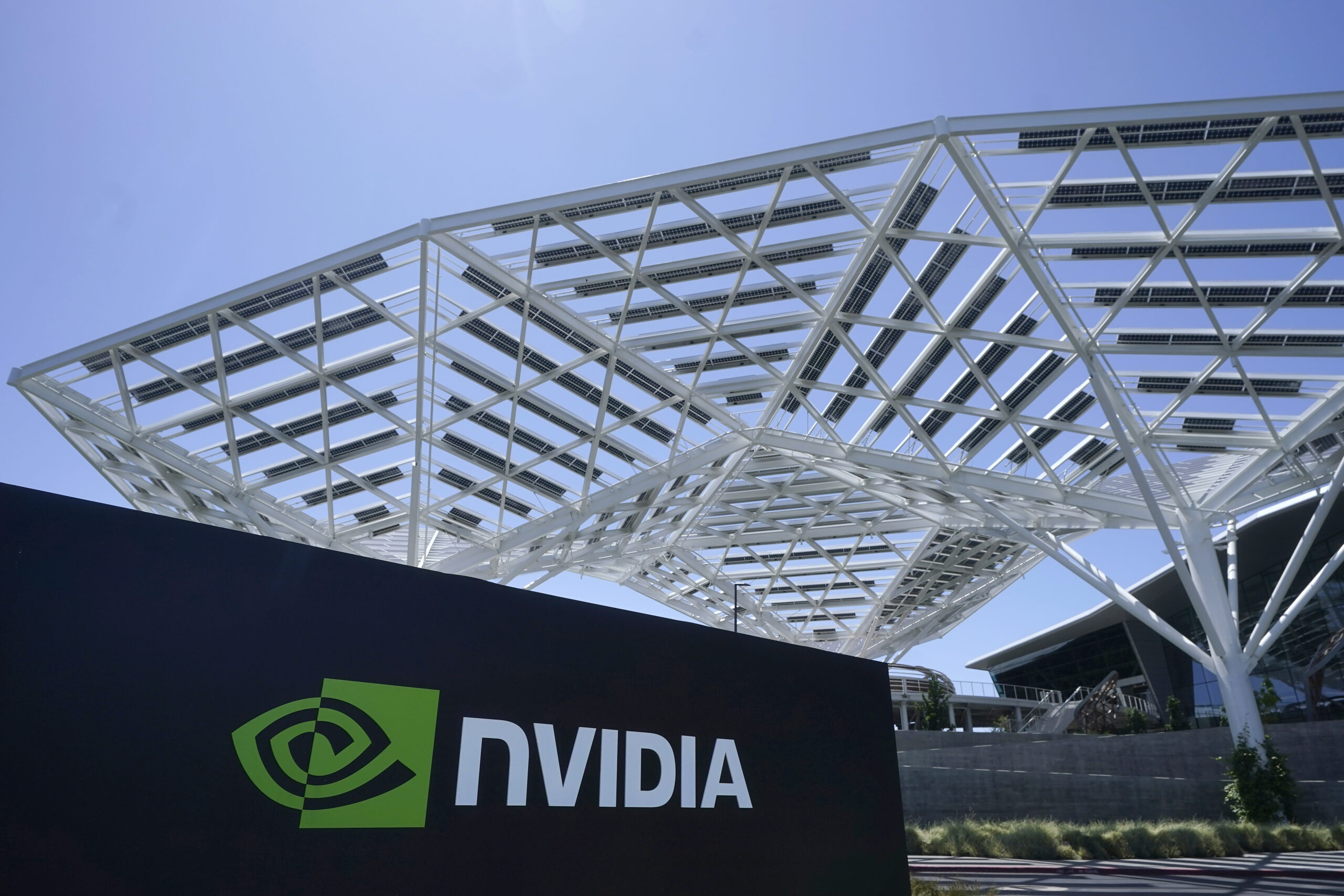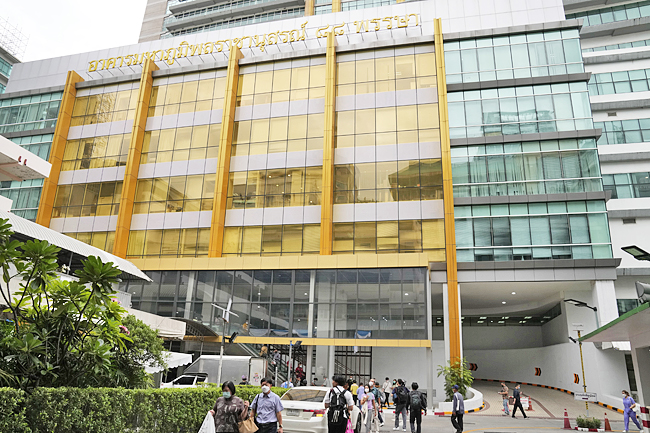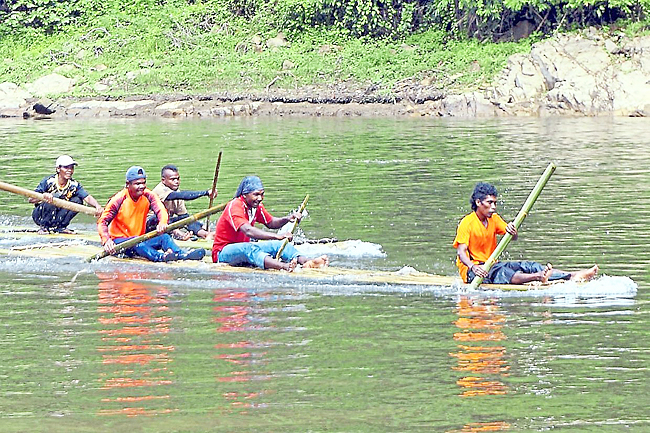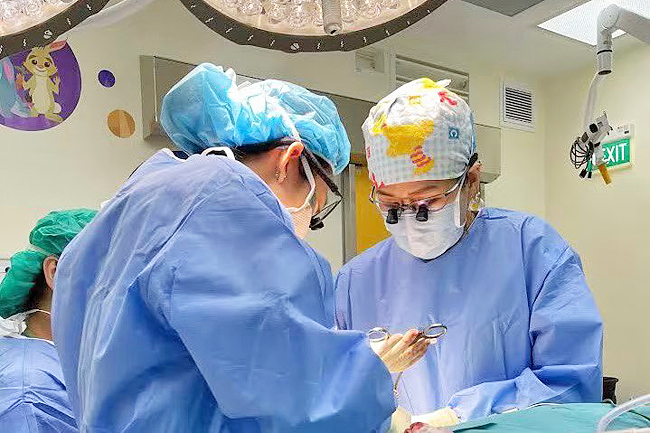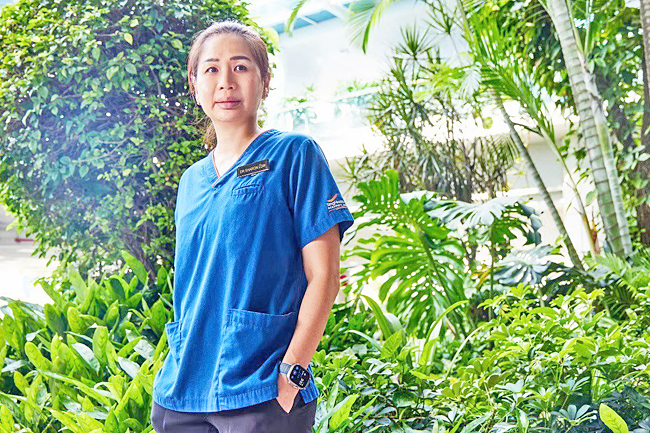THE WASHINGTON POST – Kelsey Kaminky first noticed a small lump in her left breast in November. It felt like a misshapen marble. Given her young age, her doctor suspected it was a benign cyst and told her further testing wouldn’t be needed.
But Kaminky, 32, couldn’t shake a bad feeling. She insisted on getting a mammogram. “I advocated for myself because I knew, I just knew,” she said.
The lump was breast cancer.
It’s a rare diagnosis for women younger than 40, like Kaminky, who accounted for about four per cent of invasive breast cancer diagnoses in the United States last year.
Overall, the incidence of breast cancer in women younger than 40 is low – about 25 cases per 100,000 women in 2019. By comparison, there were about 229 cases per 100,000 women in the 40-to 64-year-old age group and 462 per 100,000 in women 65 to 74.
But experiences such as Kaminky’s are becoming more common.
A study published last week in JAMA Network Open showed cancers are on the rise for younger Americans under 50, particularly among women. Between 2010 and 2019, diagnoses among people age 30 to 39 increased 19.4 per cent. Among those age 20 to 29, the increase was 5.3 per cent. Breast cancer accounted for the highest number of cancer cases in younger people.
The rate of late-stage breast cancer diagnoses in young women also has been climbing. In women under age 40, the rate has increased by about three per cent each year from 2000 to 2019, according to data from the American Cancer Society.
And while breast cancer mortality rates for older women declined from 2010 to 2017, the rate among younger women did not decrease.
“We have to get out of the idea of, ‘Hell, you’re young, it can’t happen to you.’ It does happen to young women, and clearly, it’s affecting their survival,” said Debra Monticciolo, the Section Chief of Breast Imaging at Dartmouth-Hitchcock Medical Centre.
Despite these trends, there’s little advice for younger women regarding early detection of breast cancer. Screening mammograms are recommended only for women between age 40 and 74; studies show they aren’t effective for younger women. Most medical organisations don’t recommend routine breast self-exams or clinical exams because studies show they don’t make a difference in mortality.
In interviews, young women with breast cancer said they felt dismissed by their doctors when they first raised concerns about their breast health. Now, a growing group of patients and experts are calling for further research and conversations about breast cancer among young women.
“Age 40 should not be the first time you’re discussing breast cancer with your physician,” said Tari King, Chief of the Division of Breast Surgery at Brigham and Women’s Hospital in Boston.

Kaminky, who lives in Thornton, Colorado, has no family history of breast cancer. She caught hers early – at stage 1B – but a biopsy showed it was an aggressive type that is more likely to come back. On the advice of her doctors, she underwent a double mastectomy and months of chemotherapy while caring for her sons, age three and six, as a single mother.
When she started losing her hair, she asked her young sons to help cut it off. On some days, she felt like she could barely get off the couch, yet she had to keep working her full-time human resources job at a tech company. She has emptied out her retirement savings and can’t afford to take more unpaid medical leave.
“It’s absolutely 1,000 per cent going to affect the trajectory of my life and the kids’ lives. It’s so hard financially, which is going to hinder me and my kids, but emotionally, from now on, my life is changed,” she said.
She finished chemotherapy in July and is waiting for an upcoming scan to see if it worked.
Experts say younger women with breast cancer often experience higher emotional distress than older women. Getting a diagnosis at such a young age can lead to feelings of isolation as it may not align with societal expectations of advancing at work, getting married or having children.
Compared with older women, young women are also more likely to be diagnosed with late-stage and aggressive breast cancers. They also face an increased risk of the cancer coming back.
“Obviously, it’s catastrophic for anyone to have breast cancer. But to have an aggressive cancer in someone who is young is particularly devastating,” said William Dahut, Chief Scientific Officer of the American Cancer Society.

Experts say there isn’t evidence of cost effectiveness or potential benefit to recommend universal breast cancer screenings for women younger than 40. Another concern is the potential harms of screening, which include the psychological toll of false positives and more lifetime exposure to small doses of radiation.
Monticciolo believes that at age 25, all women should get a risk assessment. Those who are found to be at higher risk should get screened regularly, and all women should be able to easily access mammography or other diagnostic tools if they have concerns about changes in their breasts, she said.
Experts say there are no clear explanations why more women are being diagnosed with breast cancer at younger ages, but there are several possible factors.
Genetics is a known risk factor for breast cancer, but that does not appear to be driving the trend, said Elizabeth Suh-Burgmann, Chair for Gynaecologic Oncology for Kaiser Permanente’s Northern California region. Most women who develop breast cancer at a young age don’t have a genetic risk, she said.
One possible contributing factor, Suh-Burgmann said, is that more women are delaying their first pregnancy. Getting pregnant for the first time at age 35 or later is a risk factor for breast cancer. One theory is that after the age of 35, breasts have had more time to accumulate abnormal cells. Changes in the breast that occur during pregnancy can accelerate the development of those abnormal cells into cancer, Suh-Burgmann said.
Having dense breasts is another risk factor. Early menstruation and late menopause are also factors, because breasts are exposed to oestrogen longer. Lifestyle, diet, weight, alcohol consumption and environmental exposures can also all influence breast cancer risk.
Race can also be a factor: Black women are more likely than White women to be diagnosed with breast cancer at a younger age. They are also more likely to be diagnosed with an aggressive form of cancer called triple-negative breast cancer. Experts don’t know why this is happening, but say socioeconomic factors and exposure to pollution could be playing a role.
After she started experiencing sharp, recurring pain in her chest, it took Charisma McDuffie, who is Black, seven months and visits to four separate doctors to finally get a diagnosis. In January 2020, she was diagnosed with Stage 3 triple-negative breast cancer. She was 28.
Like many other young women, McDuffie, a Brooklyn native, decided to freeze her eggs before starting treatment because cancer treatments can affect fertility. She found herself at the doctor’s office constantly, juggling fertility treatments with cancer-related tests and appointments. After freezing her eggs, McDuffie underwent chemotherapy, radiation, a double mastectomy and reconstructive surgery.
Now, at 32, she has been cancer-free for three years. The experience still takes a toll on her mentally and emotionally. Some days, she is fine; on others, she cries.
“I never had self-esteem issues. Now I have all these insecurities,” McDuffie said of her mastectomy scars.
Lindsey Madla, 33, of Minneapolis, feels like financial barriers limited her options for treatment. She was working two jobs – as a part-time behavioural assistant and a dance instructor – but took unpaid leave when she was diagnosed with Stage 2 breast cancer in April. Her cancer was considered grade 3, which may be faster-growing and more likely to spread.
Madla decided to get a lumpectomy to only remove a small portion of her breast. After the surgery, she found out the cancer spread to her lymph nodes. She has now started chemotherapy and needs a mastectomy. To help cover her medical costs, Madla set up a GoFundMe account. Kaminky’s friend also organised a fundraiser on GoFundMe to help cover her medical costs.
Breast cancer often takes a greater financial toll on younger patients, who are more likely to have lower incomes, less savings, and high-deductible health insurance plans or no health insurance at all.
“There’s a whole other side of this where young survivors have higher rates of bankruptcy and financial toxicity and all of these things because of where they are in their lives,” said Mary L. Gemignani, Co-Director for the Young Women with Breast Cancer program at Memorial Sloan Kettering Cancer Centre.
Madla said she has been having nightmares since getting diagnosed.
“Being powerless is triggering. Anticipation and uncertainty is triggering. Not being in control of my body is triggering,” she said.
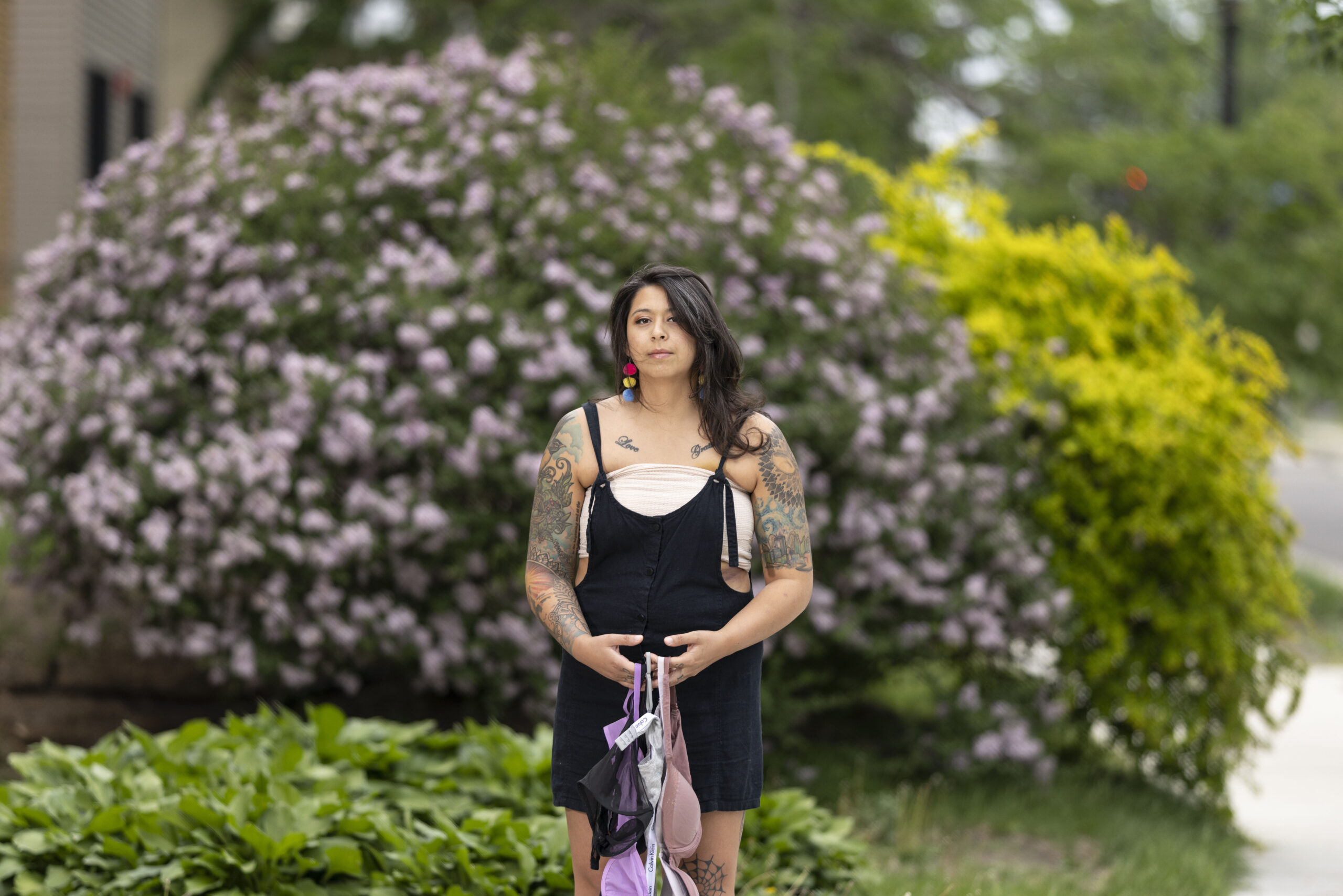
When she was 24 years old, Vanessa Chapoy spoke to a health-care provider about the lump she noticed in her breast. She was told breast cancer doesn’t happen to women her age and that it was benign. She wasn’t aware at the time that she had a family history of breast cancer.
“If I had listened to that doctor, I wouldn’t be here today,” she said.
Chapoy followed up with an OB/GYN and learned she had a golf ball-sized tumour in her breast; it was Stage 2 breast cancer. After a lumpectomy, 16 rounds of chemotherapy and a double mastectomy, she is cancer-free.
She is now 27 and living in Reston, Virginia, but is still recuperating. She gets hormone therapy and sometimes experiences hot flashes or pain throughout her body. She also hasn’t felt as successful in her sales job as she once did.
“It did slow down my career. The part that I’m the most insecure about is my chemo brain and the fact that it is affecting my memory,” she said, referring to a phenomenon in which cancer treatment may cause brain fog or concentration and memory issues. “I have to work even harder.”
At first, she felt alone in these feelings, but soon found online communities for young women also affected by breast cancer. Chapoy is among a growing group of people advocating for clearer answers.

More breast cancer studies are including younger patients, but Leticia Varella, a breast oncologist at Dana-Farber Cancer Institute, said there’s still a need for more research on screenings for young women.
“Young women should never be told they are too young to get breast cancer,” she said.


